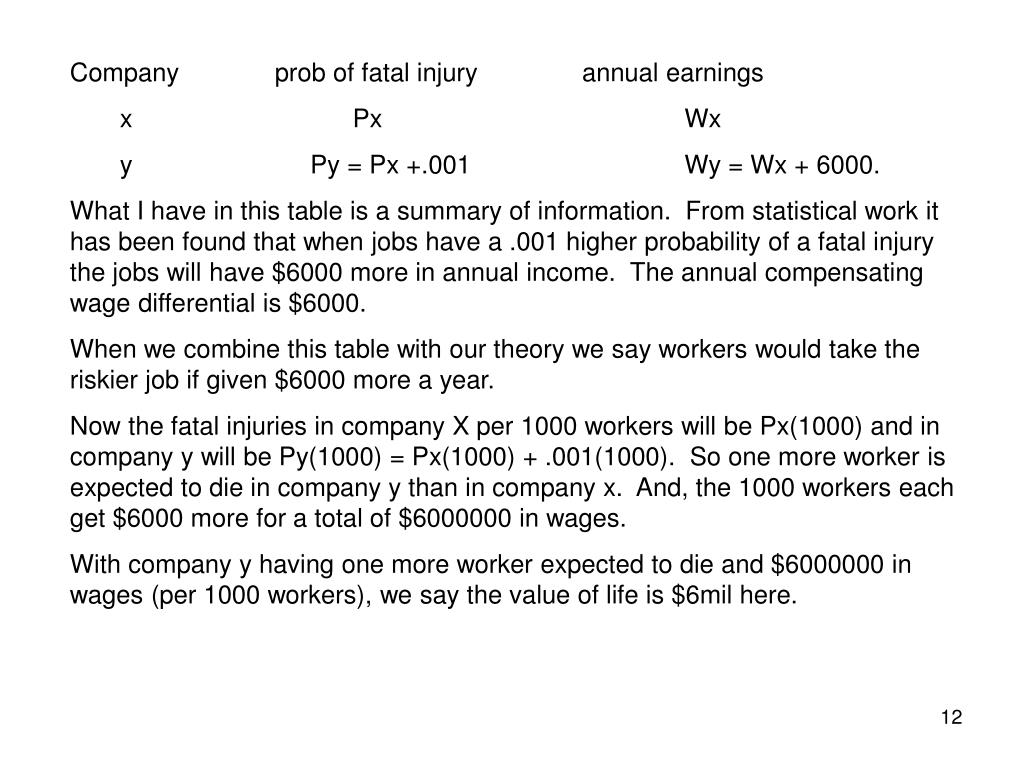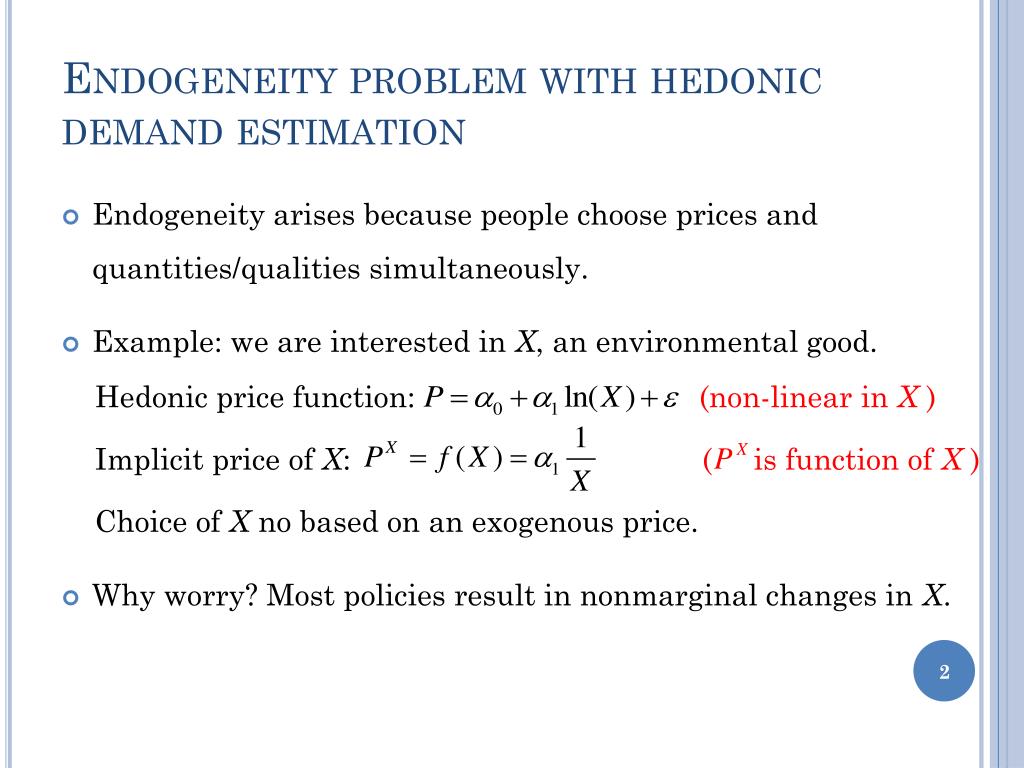
Therefore, the policy implications of the analysis of income heterogeneity on VSL are also different. The connotations of income heterogeneity on VSL are various, since the income variation can be defined based on an inter-temporal period, across countries, or within a single group (e.g., labor market), for a specific time point. From a theoretical point of view, because reducing fatal risk is often a normal good, the population segment with high income should also have a high WTP for reducing fatal risk and vice versa. There are various sources of heterogeneity in the estimates of VSL, and income variation is one of them. Thus, HWM is currently the dominant approach in estimating VSL, which has been extensively used. On the contrary, the HWM estimates VSL while using the wage data of the labor market, which are often readily available, thereby resulting in a low operating cost. The cost of the actual operation is rather high since the application of CVM involves the use of a questionnaire. The second is the hedonic wage method (HWM), in which the difference in fatal risk behind wage is used to infer the evaluation of fatal risk by wage-earners in different occupations and to further estimate VSL. The first is the stated preference approach, in which questionnaire surveys, such as the contingent valuation method (CVM), are adopted to measure the WTP for reducing the fatal risk of the general public and to further to estimate VSL.

In terms of methodology, VSL assessment can be performed through two evaluation methods. Therefore, the evaluation and updating of VSL has become an important task in supporting the public sector’s management decisions. Based on past assessment experience, the benefits or costs that are generated by VSL in the aforementioned public construction or management decisions often account for more than 80% of the total benefit or total cost. VSL plays a very important role in the assessment of public decision-making, especially in applications of environmental protection, public health care, food safety, transportation policy, and so on. According to the basic concept of VSL, there is a willingness to pay (WTP) for the reduction of a certain percentage of fatal risk in the minds of people, and VSL refers to the summing up of the WTPs in the unit of risk. From a methodological point of view, the commonly used fatal risk monetization method is the value of statistical life (VSL). The effect on health or death is often measured with changes in risk indicators, but, in the context of assessment of public policies, it is necessary to conduct a monetized evaluation to enable risk indicators to be effectively integrated into the CBA decision analysis framework. Among these influencing factors, the changes in the impact of risks of health or death are often the focus of assessment programs in the public sector. In general, the construction plans or management policies that were implemented by public agencies involve external influences that are often ignored by the private sector.


In recent years, with the limited national budget, cost-benefit assessment (CBA) has been adopted to examine the efficiency of public construction plans and management policies, and it is becoming an important reference for making decisions on different plans or policies by public agencies.


 0 kommentar(er)
0 kommentar(er)
